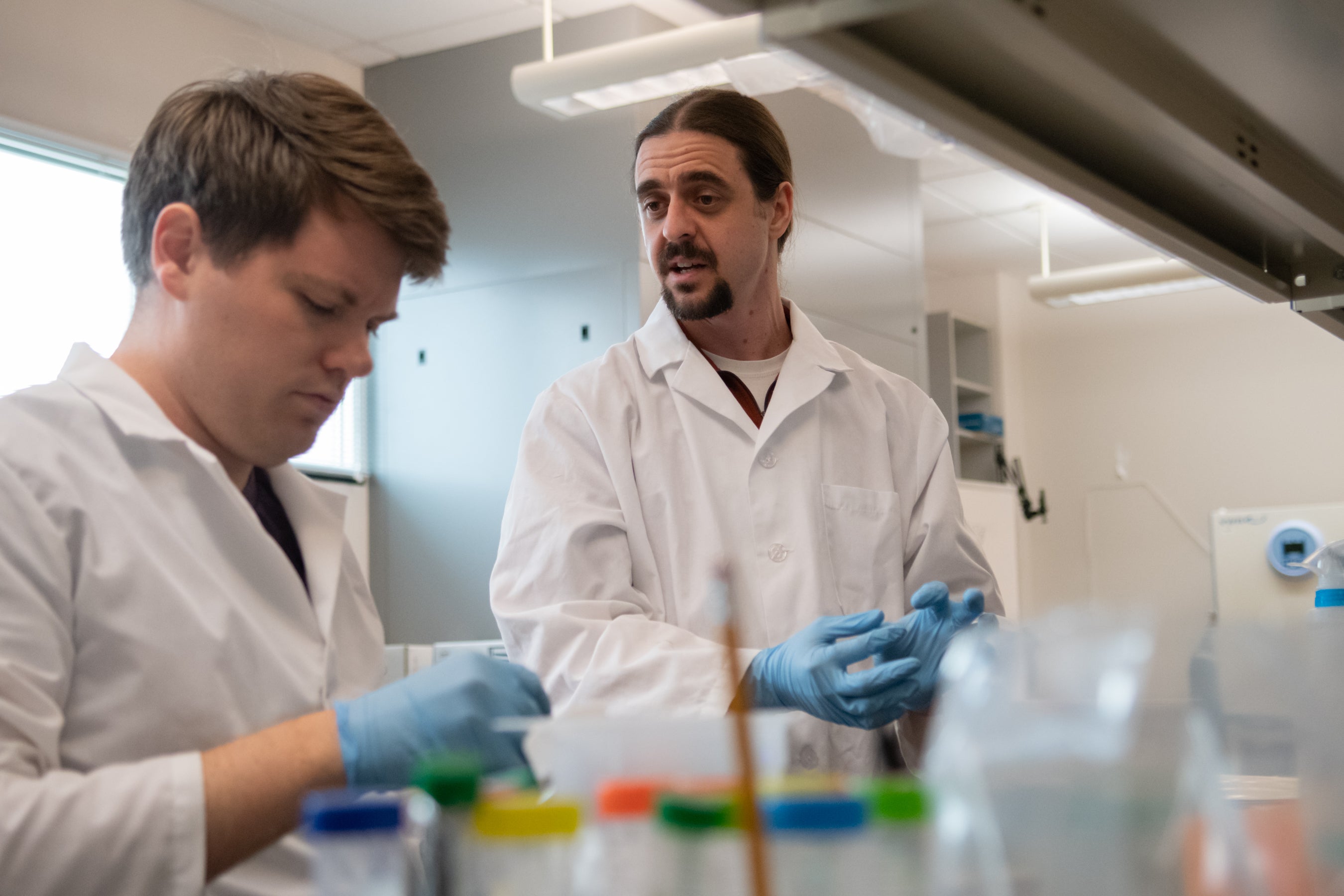
Most people wouldn’t think that there’s an obvious connection between stem cells and outer space, but for assistant professor of mechanical and biomedical engineering Gunes Uzer, space just might be the answer to solving a critical knowledge gap.
Uzer, together with his co-principal investigator and assistant professor of mechanical and biomedical engineering Aykut Satici, has been awarded $315,000 from the National Science Foundation (NSF) in order to answer the question “how can we utilize space to benefit earth?”
To do so, he will be collaborating with the Center for the Advancement of Science in Space (within the International Space Station National Laboratory), Rensselaer Polytechnic Institute and University of Texas at Houston. The National Science Foundation has awarded $400,000 to the research team and another $400,000 to space station partner Space Tango to implement the experiment into International Space Station National Laboratory systems. Total funds from NSF and NASA cost-sharing to support this research amount to $800,000.
At Boise State, Uzer has been studying mesenchymal stem cells – which are essential to building the bones, fat, cartilage and muscles of the musculoskeletal system – and the impact of exercise upon them. However, a question that he and other scientists have been unable to answer is why older people build less bone through exercise than younger individuals, and what is happening to the stem cells in the bone marrow through this transition.
To find out, Uzer and his students created small “cubes” of bones called scaffolds using 3D printing and filled them with a hydrogel to simulate bone marrow. Inside this ‘bone marrow’ they placed young stem cells from mice, and used an apparatus to vibrate them at an intensity similar to that of exercise activity.
“We are looking at stem cells in the bone marrow. We alter their mechanical environment by changing the bone volume fraction of the scaffolds (old versus young), or by applying vibrations,” explained Uzer.

The snag though is that while this model is useful for gauging changes to young stem cells, these cell cultures have a shelf life, and it’s not nearly long enough to age them sufficiently for this research in order to compare “young” and “old” cells.
That’s where the Internal Space Station comes in.
The effects of zero-gravity on astronauts have long been documented. Zero gravity causes astronauts to lose bone density over time, as if their bones were actually aging. This provides an incredible opportunity for Uzer to send his current research into space in order to “age” the cells – by applying mechanical vibrations and gauging how they respond compared to young cells.
“We send young cells, because we age them in space now. So that’s the ‘space age’, no pun intended,” quipped Uzer.
These scaffolds will be sent to space for 21 days in a specially designed device that will submit them to mechanical therapy (vibrations) to simulate exercise. If the study reveals that vibrating bones can help the mesenchymal stem cells to produce more bone cells and keep the musculoskeletal system healthier, results of this research could have enormous implications for the aging, as well as astronauts.
“Astronauts exercise for hours a day; it’s a significant time commitment, and they still lose bone,” explained Uzer. “So, if these type of mechanical therapies can keep the cells a little bit more healthier, maybe cut down their exercise time to half, or maybe we just keep it the same but they can maintain their bone as opposed to losing – that also informs logistical issues in the future, because we have never sent anyone to space more than a year.”
Uzer’s research is scheduled to be sent to space in 2023.